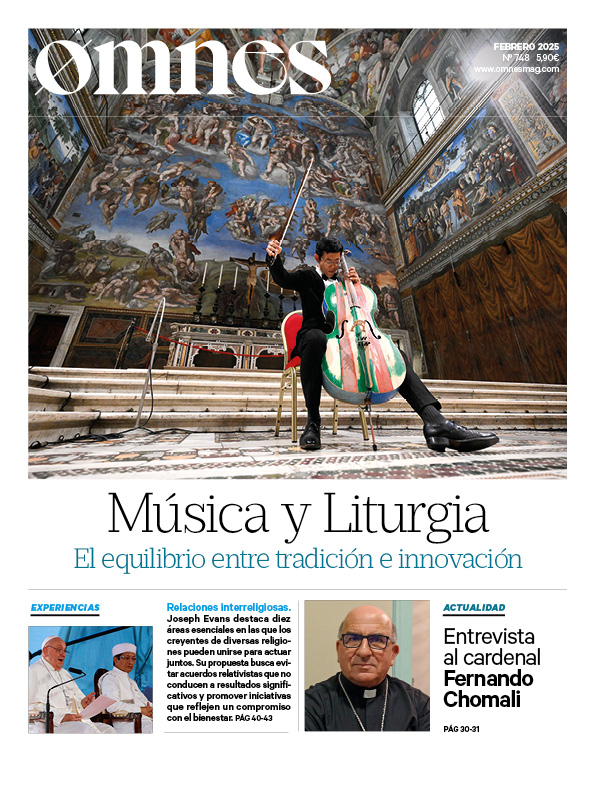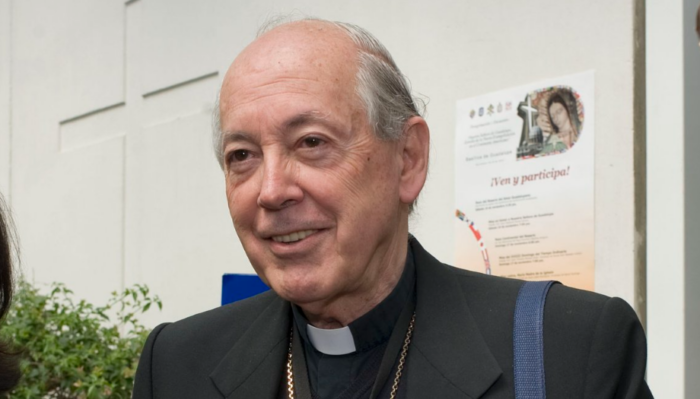Jorge Español, lawyer for the Alto Aragonese municipalities of Berbegal, Peralta de Alcofea and Villanueva de Sijena, has assured that, according to the latest news coming from the Holy See, it seems that "in Rome they want to leave it settled once and for all." the dispute over the return to the Aragonese parishes of the so-called "goods of the strip". These are 113 pieces of art that belonged to the Diocese of Lérida until 1995, when the episcopal boundaries were revised and these parishes came under the jurisdiction of the Aragonese demarcations. Then, in 1999, these pieces were deposited in the Diocesan and Regional Museum of Lérida under the tutelage of a board of trustees made up of the Generalitat de Catalunya and other Catalan institutions.
A firm sentence of the Apostolic Signatura in 2005 imposed the return of these works to the Aragonese dioceses, but as their execution has been delayed to date, the high ecclesiastical court has now opened a new canonical way to resolve the issue: that the Congregation for Bishops be the one to execute the ruling.
This new avenue of solution has been opened according to a letter received by Espanol on November 20 and signed by Bishop Ilson de Jesus Montanari, secretary of the Congregation for Bishops. The letter states that the execution of the sentences and decrees of the supreme Vatican tribunal in relation to the assets of the parishes "are already within the competence of the Congregation for Bishops". Bishop Montanari also sent a list with the names and addresses of sixteen canon lawyers authorized to practice through this new canonical channel.
After receiving this letter, Jorge Español agreed with the Minister of Education and Culture of the Aragonese government, Mayte Pérez, to call a meeting with the bishops of Barbastro-Monzón and Huesca to ask them to initiate this new canonical process and demand the execution of the 2005 sentence.
Montanari's letter is a response to the denunciation presented by the lawyer for the use of some of the pieces of the strip in an exhibition. In that complaint it was also said that the entry of the bishopric of Lérida in the museum consortium mentioned above occurred inappropriately.
Bishop of Barbastro-Monzón
Shortly after opening this new way to solve the conflict, the bishop of Barbastro-Monzón, Monsignor Ángel Pérez-Pueyo, has assured that he has already taken all the necessary steps for the diocese of Lérida to return the historical-artistic assets of the parishes in the eastern part of Aragón: "I have approached each and every one of the entities and people that I understood could help and make all the synergies converge so that the goods, which are the property of this diocese, can really be returned."
Salvador Giménez, in the last Plenary Assembly of the EEC, and that their relationship is cordial. "Between us there will not be any difficulty, but there will have to be a higher instance that will be the one to give the order to execute the sentence, which is already favorable to us.".
We are in this line of seeking the channels of convergence so that the sentence is executed", he commented.
Juan José Omella, now archbishop-elect of Barcelona and member of the Congregation of Bishops, was also bishop of Barbastro years ago, which allows him to contemplate this dispute from both perspectives: the Aragonese and the Catalan.
Pending their return, the goods of the strip are still in the Diocesan and Regional Museum of Lérida.







